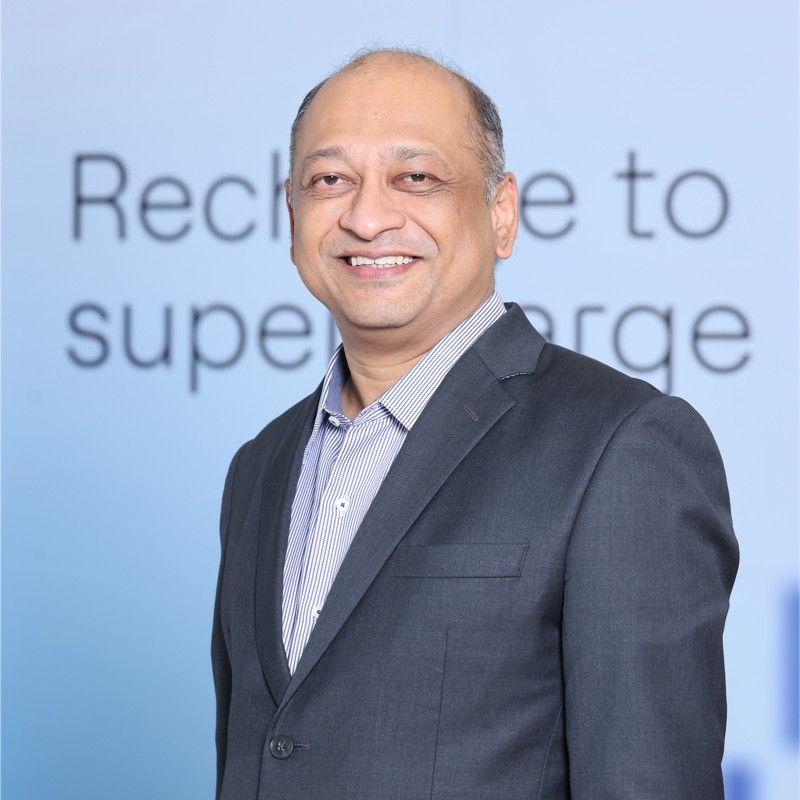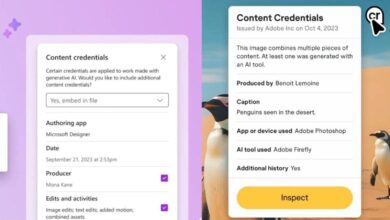How healthcare administrators can walk the generative AI tightrope

Does your doctor spend an inordinate amount of time updating your electronic health record? A study in 2015 found that emergency department physicians spend up to 65 per cent of their time on documentation, and more recent studies suggest that doctors are spending more time than ever on such records.
This is one area where healthcare administrators can leverage generative AI to ease the burden and enable doctors to better attend to patients, said Nikhil Singh, Director and Head of Industry Offerings, Digital Workplace Services at HCLTech. He was speaking at a roundtable titled “Gen AI in the Hospital”. The session was hosted by Hospital Management Asia and HCLTech for senior healthcare technology leaders in Singapore.
The island nation’s public healthcare system is increasingly tapping on generative AI to support doctors and provide better care to patients. Most recently, the National University Health System (NUHS) announced its own ChatGPT-alike: RUSSELL-GPT, a large language model (LLM) customised for internal use.
At the roundtable, discussants spoke on the promise of projects like RUSSELL-GPT, how healthcare practitioners can balance governance and agility, and overcoming adoption barriers within the healthcare sector.
Emerging use cases within healthcare
Generative AI promises to increase engagement with employees, leading to stronger collaboration and productivity, shared Sandeep Sarkar, Senior Vice President ASEAN at HCLTech in his keynote.

For example, representatives from NUHS shared that the public health cluster has implemented RUSSELL-GPT to make day-to-day work for doctors and staff easier. It helps them summarise patient notes, ask questions related to medical conditions, and draft referral notes.
By building its own system, NUHS sought to avoid data leaks, a security risk that has made organisations wary of adopting publicly available models.
Future use-cases could include tapping on generative AI to better engage patients, simplify operational processes like procurement and HR, and quickly summarise internal policies for staff, said participants at the roundtable. This could help doctors and operational staff save time and improve their work-life balance.
Administrators can also consider integrating generative AI with traditional AI systems. With generative AI, staff may be able to ask these systems to retrieve specific data in plain language, request recommendations, and analyse case histories.
“For generative AI to be successful, it has to build on what previous AI platforms have delivered,” said Singh to GovInsider.
One such system is NUHS’ Endeavour AI, which draws on live hospital data to predict wait times, how long a patient might stay in hospital, and hospital bed occupancy rates up to two weeks ahead.
Balancing governance and agility
But as generative AI becomes a reality within medical settings, administrators will have to balance security with speed: healthcare workers are often highly mobile and require frequent changes in work timings and locations
“We will have to foster innovation, but at the same time, be careful that it doesn’t lead to bad outcomes,” said Sarkar. This is particularly true within public healthcare systems, which tend to have more stringent cybersecurity and data protection requirements.
One way to ensure that healthcare leaders can maintain security is to ensure that granular data governance controls are embedded within generative AI platforms. This ensures that various staff – doctors, nurses, and administrators – can only access specific levels of data from the get-go, shared Singh.
This secure-by-design approach is already common in healthcare. For instance, modern anaesthetic machines use unique screw threads to ensure that only the right gas hose can be connected to the right holes, pointed out one participant.
Strong governance will also help ensure patients maintain trust in the healthcare system, shared participants. It is also critical that humans remain in the loop and continue to vet generative AI results.
Last year, Singapore’s National HealthTech agency, Synapxe, announced a partnership with Microsoft to build a secure GPT for the healthcare sector based on OpenAI technology that can protect user data.
Adoption barriers and how to overcome them
Finally, the participants discussed the various adoption barriers when it comes to rolling out generative AI solutions, and the steps healthcare agencies can take to overcome these barriers.
A key problem raised was the varying levels of digital dexterity within healthcare – while some doctors are very tech-savvy, others may prefer to rely on handwritten notes. For generative AI projects to be a success, healthcare leaders will have to bring everybody onboard and raise digital dexterity levels.
One way to support rollout is to identify preliminary use cases with high impact and personas who could benefit the most. Such personas could become tech influencers within organisations before looking at full deployment, Singh told GovInsider. In the past, HCLTech has also employed gamification and behavioural analysis to support the adoption of new technologies.
Another problem raised was the lack of interoperability in hospital systems which limits the use of generative AI in healthcare. By focusing on integrating pre-existing systems, hospitals tap on more plug-and-play options for generative AI solutions.
Healthcare administrators can also work with the private sector to build smaller, more cost-efficient LLMs customised for the use cases they require, added Singh.
Finally, Singh shared that to achieve success for generative AI in the hospital, it is critical to take care of employee well-being, ensure consistent experiences for frontline, desk, and remote workers, and support workers in remaining tech-savvy.



